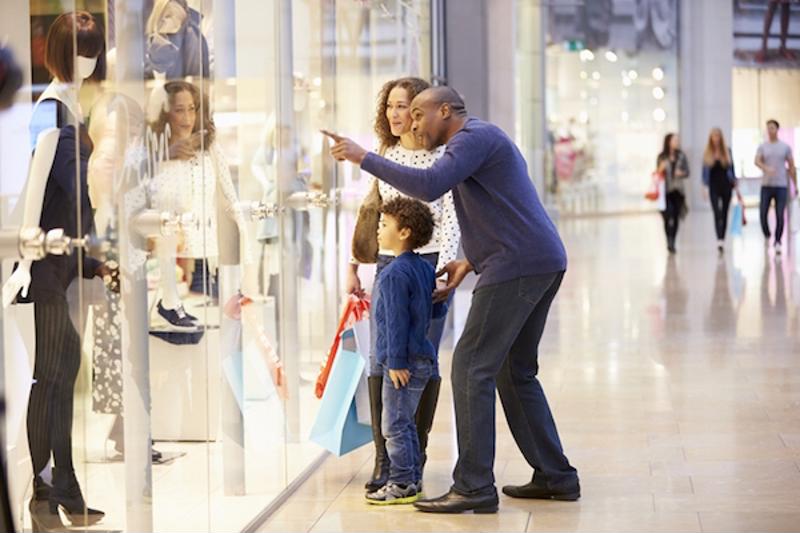
Tech trends powering the retail industry
By Max BurkhalterJanuary 31, 2022
The Internet of Things (IoT) is powering the retail industry by offering an array of interconnected systems and smart tech upgrades. From augmented reality to robots, cutting edge advancements are influencing the way products are being sold. Here are some of the significant impacts consumers are sure to notice in the near future.
Special delivery
UPS Flight Forward and Verizon announced a collaboration in 2021 intent on furthering drone delivery possibilities. Utilizing 5G tech, The Villages in Florida are test piloting a fully automated system in which retail packages are dropped off by a fleet of interconnected drones. Flying simultaneously from a centralized location, the drones are equipped with advanced logistics and mapping capabilities. Edge computing accounts for interaction with vehicles, air traffic, trucks and even human customers waiting patiently for the arrival of their items.
With thousands of successful deliveries, UPS Flight Forward has received certification from the Federal Aviation Administration. As 5G Ultra Wideband connections improve, the collaborators aim to expand their drone offerings, as part of an industry Meticulous Research reports could reach a $1.29 billion market value by 2029.
Contactless commerce
The effect of the COVID-19 pandemic on retail habits has been profound. Pivots to avoid human contact, enforcement of limited store capacities and a shift toward curbside pickup have resulted in advances in the tech necessary to retain business.
QR codes set up in parking zones allow automated messages to alert retailers of customer arrivals, which in turn expedite the waiting times associated with curbside pickup. QR codes adjacent to foot traffic waiting areas power interactive shopping experiences with virtual assistants, potentially resulting in additional purchases and increased product visibility at times when touring a showroom floor isn't an option. AI delivered surveys provide a level of customer interaction and feedback that would otherwise be lost.
These efforts worked to ease customer frustration in times of frequently pivoting business operation procedures, and they have resulted in an increased level of customer interaction.

Speak. Receive.
Artificial Intelligence (AI) is making headway with increases in the capacities of natural language processing (NLP). Services like Siri, Google Assistant and Alexa are able to process voice data with efficiency, and applications in the retail sector benefit greatly from customer ease of use.
Conversational AI allows today's shoppers to order products by speaking directly to their mobile devices, with automated interactions allowing everything from inventory checks to payments and delivery schedules to be computed and processed electronically. Chatbots are computer programs facilitating this interaction between humans and technology. Research by AI Multiple indicates retail-related conversations will account for 70% of chatbot interaction by 2023.
Ask for directions, virtually
Many shoppers have experienced the frustration associated with searching countless aisles for the last item on their list. To the delight of many consumers, in-store AI is improving efficiency by offering real-time directions to the products they need. Lowe's Innovations Labs has teamed with Google to offer Lowe's Vision Navigation, designed specifically to assist customers with tracking down the items they've arrived to purchase. Step-by-step instructions literally lead users to the designated items and alert them of any additional savings while en route.
Integration, enhanced
When looking to incorporate the latest in IoT-powered tech for their businesses, retailers can turn to Perle for help. LTE Routers and Gateways enable 5G connectivity, ensuring your business stands ready to interact with customers utilizing the latest AI-backed methods. Learn more about our retail success stories here, and see how companies like Adidas and Ace Hardware stay at the forefront of today's tech trends.



